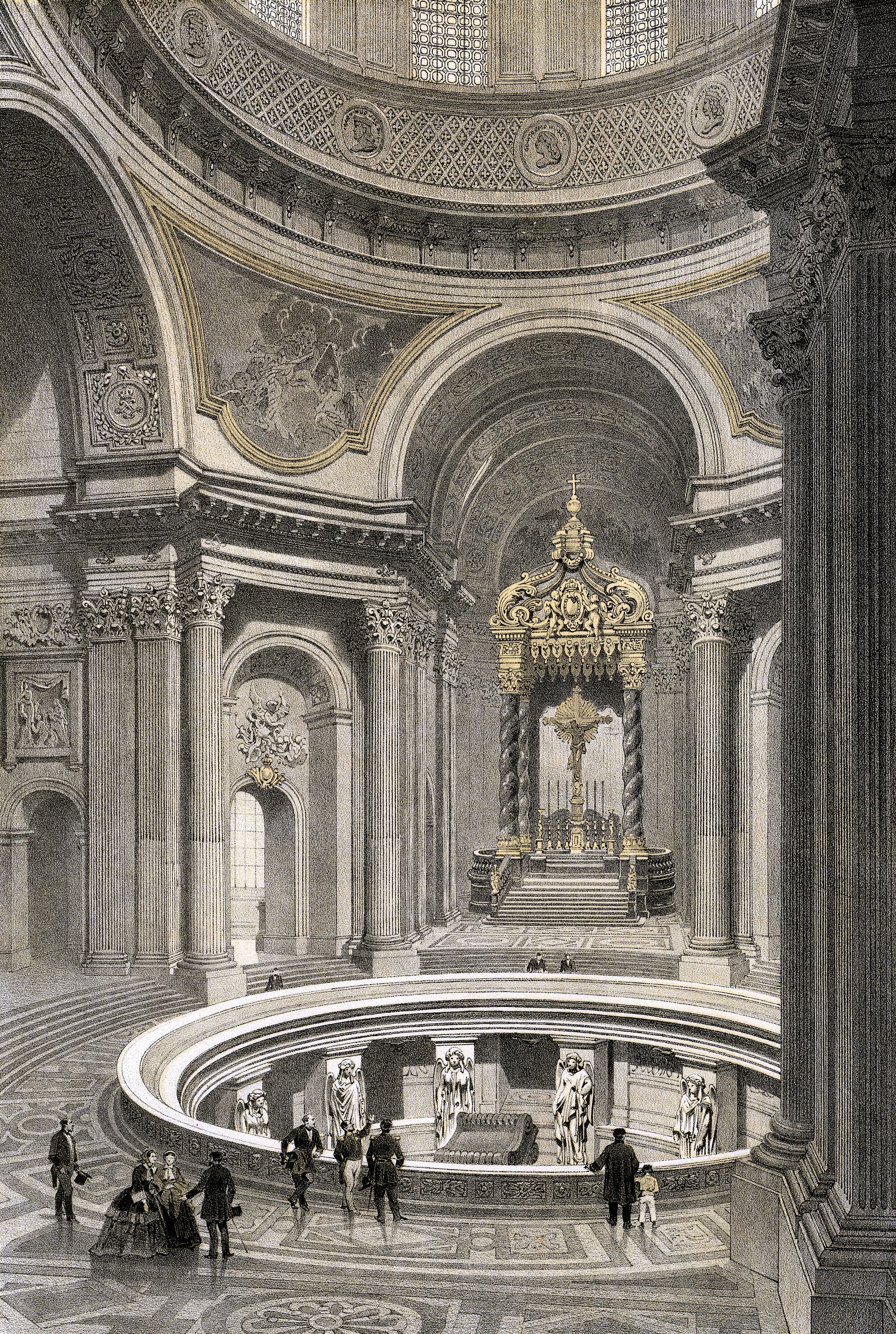© akg-images / picture alliance (Ausschnitt)
A new army | A caricature from 1815 shows Napoleon on St. Helena. Below it says: “Power of habit, or: The greatest general in the world visits the fortress on the island of St. Helena with Bertrand and Raton.”
–
From Napoleon’s dictates in St. Helena now emerged the image of the conqueror and finisher of the French Revolution, the brilliant statesman who endeavored to spread the light of Enlightenment and liberal progress over Europe. Shortly before his death, he noted in the will for his then ten-year-old son, who was living at the court of grandfather Franz I of Austria: “I saved the collapsing revolution, I washed it of its crimes, and I showed it to him with glory World. I have planted new thoughts in France and Europe. It is impossible to suppress it again. “
The end of the patient Bonaparte
Since the end of 1817, Napoleon’s health went downhill. He complained of abdominal discomfort, water in the legs, trouble sleeping, and loss of appetite. O’Meara was diagnosed with severe hepatitis and was promptly transferred back to England. Governor Lowe thought Napoleon was a politically motivated simulator. He did not tolerate the slightest suggestion that the patient might be seriously ill. In early 1819, the British naval doctor John Stokoe confirmed the diagnosis, which resulted in his dishonorable discharge from the Navy. Reason: He gave the “false impression” that “General Bonaparte was in serious immediate danger.”
A new doctor, the Corsican Francesco Antommarchi (1780–1838), recommended gardening for recreation. In October 1820 Napoleon got himself up for a ride again. After that he couldn’t get on the horse again. In December Montholon noted: “For a few days his stomach has been unable to hold anything. He’s always in bed or on the sofa. ”Most recently, he was looked after by the British Archibald Arnott (1772–1855), a consultant doctor of the governor, who shared his view of Napoleon’s condition. “I am convinced that if a ship of the line came from England tomorrow to take him away from here, it would cure him,” said Arnott in April 1821. Napoleon had three weeks to live there.
 Laden…–
Laden…–© Mary Evans Picture Library / picture alliance (Ausschnitt)
Napoleon’s tomb | In 1840, the French government had Napoleon’s remains transported to Paris and solemnly buried in the Invalides. Drawing by Nicolas-Marie-Joseph Chapuy and Adolphe Jean-Baptiste Bayot, lithograph by Jacques Aubrun, around 1860.
–
After succumbing to cancer on the evening of May 5th, which consumed his entire stomach, his funeral created a final occasion for a trial of strength with the island authorities. The British did not want to see an inscription for “Emperor” Napoleon on the grave slab. The stone remained empty.
“I have to die here because France will come here to look for me,” Napoleon had prophesied during his imprisonment on the island, and he was right. In 1823, Emmanuel de Las Cases published his transcripts of Napoleon’s omissions in eight volumes under the title “Mémorial de Sainte Hélène”. They became the Bible of Bonapartist nostalgics, not just in France. The memory fueled rebellious attacks against the ruling regimes of the Restoration era.
In order to counteract such moods, the French government had Napoleon’s remains transported in triumph to Paris in 1840 and laid to rest under the dome of the Invalides. The myth continued. Its thrust turned out to be strong enough after the overthrow of Louis Bonaparte, the nephew, as Napoleon III. (1808–1873) to be promoted to a renewed French imperial throne.
– .


/data/photo/2021/05/06/60941cd402509.jpg?resize=150%2C150&ssl=1)